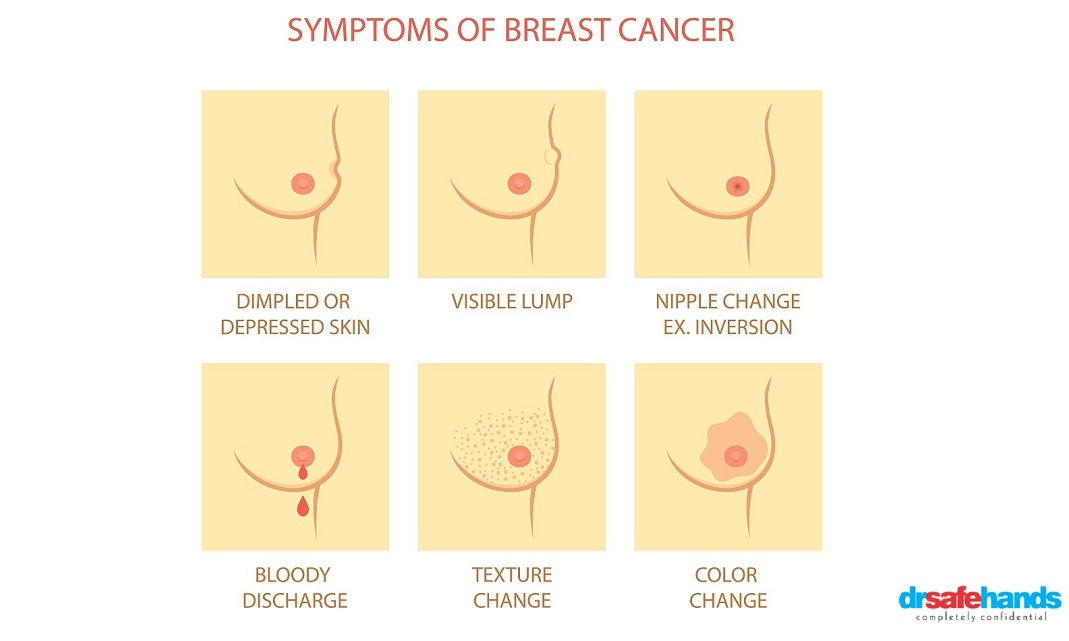Hitting thirties? Here are a few things you should know:
Day by day one’s body is changing and aging slowly. By the time we reach 30 years of age, most of us are so busy with our careers and families that we tend to forget the most important part of life i.e. “Being Healthy”.
Most women work day in and day out and ignore their health.
Awareness and a little bit of attention to self can help in preventing one of the most common killer diseases amongst women- Breast Cancer!
Those who haven’t delivered a baby till 30 years of age need to be more cautious since they are at a higher risk.
How to detect early signs of Breast Cancer
This can be done by doing Self Breast Examination (SBE). All you need to do is to spend a few minutes once a month.
SBE is done in 3 positions : While taking bath, while standing in front of a mirror, while lying down.
- While bathing, you can use your finger pads / finger tips in the circular motion from outside to centre. Apply gentle pressure and look for any lump/ hardened knot or any thickening on the breast and armpit region.
- In front of the mirror: You can visually examine the breasts with your arms at your sides and by raising your arms high overhead. Look for any change in skin colour, change in size or shape, skin dimpling, inverted nipples, discharge of fluid from nipples.
NOTE: Size of left and right breast will not match exactly , so look for any dimpling or puckering which seems unusual or out of place. - While lying down, put a pillow under your right shoulder and right arm behind your head. Now use your left-hand finger tips, to palpate any lump or knot in the entire breast and armpit area. Also, use light, medium, and firm pressure. Squeeze the nipple; check for discharge and lumps.
Repeat these steps for your left breast.
Early detection means complete cure and a long life !!
Just take a look at the survival rates following early detection.
| Breast Cancer Stage | 5 year Relative Survival Rate |
| 0 | 100% |
| I | 100% |
| II | 93% |
| III | 72% |
| IV | 22% |
(Source : The National Cancer Institute’s Surveillance, Epidemiology, and End Results (SEER) Program)
| Stage | Treatment | |
| Stage I-
Early stage – tumor is localized. Cancer cells are confined to a very limited area. |
Lump/ tumor removal.
May or may not require Chemotherapy and Radiotherapy |
|
| Stage II-
Breast cancer is still in the earlier stages, but there is evidence that the cancer has begun to grow or spread |
Lump/ tumor removal.
Either or both chemotherapy and Radiotherapy |
|
| Stage III-
Fairly advanced stage- tumor has spread to breast and adjacent tissue |
Complete removal of breast along with Chemotherapy and Radiotherapy | |
| Stage IV-
Advanced stage-tumor has spread beyond the breast till bone. |
Complete removal of breast along with Chemotherapy and Radiotherapy |
Note: Treatment may vary as per doctor’s diagnosis and treatment plan.
Get a free online doctor consultation at drsafehands.com.
Source: American Cancer Society website


Leave a Reply